I found Whiskey in a wooden case in Abergavenny Museum. But sadly, this Whiskey I could not savor. Rather, it brought tears to my eyes when I learned about it. This Whiskey was the Turnspit dog, an extinct dog breed found last in the Victorian era.
These Turnspit dogs were once used in the kitchens of big houses to turn the spits. Hence, they were named this way. They had to spend most of their time in huge hamster wheels, hung on the wall over a fire.
A string of pulleys connected this hamster wheel to a roasting spit so that as one rotated, it pulled the other. And, the Turnspit dogs have been employed to power a roasting spit as they run.
The case of Whiskey or other Turnspit dogs may seem preposterous in the modern days, but my research exposed a big list of eccentric dog breeds that have vanished.
As per the World Canine Organization, there are around 370 such extinct dog breeds. Let us check a few.
The list of extinct eccentric dog breeds includes (not repeating the name of Turnspit dog):
Sakhalin Husky
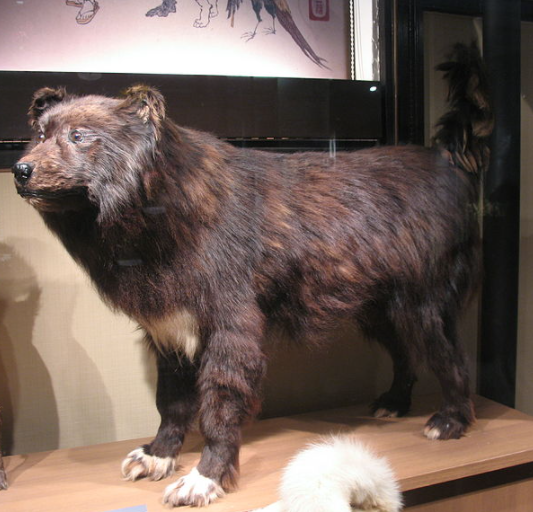
The last trace of this breed was found in 2012. The origin of this breed is believed to be the Sakhalin island that lies near Japan and Russia. This breed was a mixture of the breeds of Siberian Husky and Akita Inu.
This breed of sled dogs became famous worldwide when they were included in the exploration team of the Japanese to Antarctica in the 1950s. While on exploration, the weather worsened, and the dogs got abandoned. However, the two dogs of the team were found alive after a year in a miraculous way.
Disney created a film ‘Eight Below’ based on these dogs. The National Museum of Nature and Science in Tokyo stuffed one of these dogs after death as an exhibit.
Poi

This breed was available mainly in Hawaii. They were a replacement for a goat. This breed used to live solely on vegetables. These dogs ate ‘poi’, which the native Hawaiians used as their staple food too. The Hawaiians used this breed as food. These dogs were like good luck charms.
Puli
Its body had an entire coat of long dreadlocks. It was used mainly as a mop.
Chinese Crested
This breed had bunches of blonde fur over a greyish body.
Salish Wool Dog
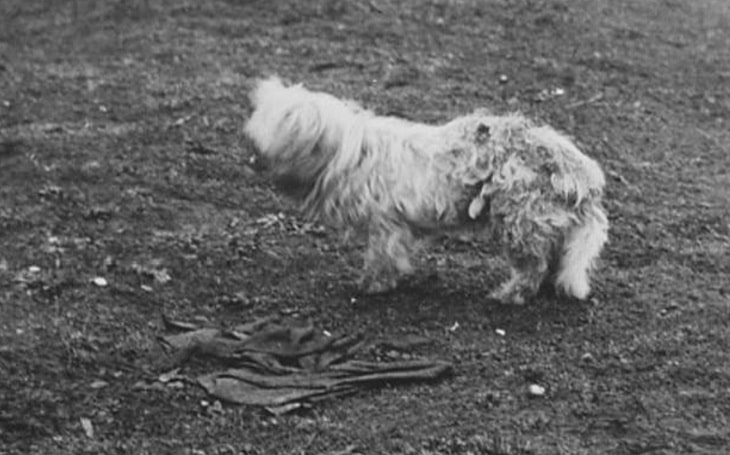
This breed was famous as the Comox Dog. They were found mainly in the Pacific Northwest. According to researchers, this breed was the earliest example of men ‘farming’ and developing a dog in North America.
The main treasure of this breed was white wool. The local dogs are crossbred with sheep wool that resulted in this breed of dogs. Wool gathered from these dogs was used to make clothes.
Tibetan Mastiff
Tibetan Mastiff breed looked like lions. It came in huge sizes and had a long mane with a golden glow.
Molossus – They are predecessors of the modern Mastiff breeds. The average height and weight of the Molossus breed were 80cm and 80kg, respectively. In ancient Greece, these dogs were used in wars.
Laconian Hound

They were known for their athleticism and massive build. Their faces resembled wolves, and these dogs had sparkling eyes and long snouts.
They looked somewhat similar to the hounds of the modern days. The owners used them for hunting hares and deer. Alexander the Great was one of the proud owners of this breed.
Talbot
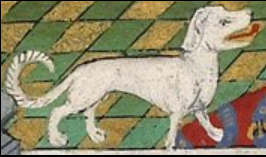
This breed was available in the Middle Ages. According to some historians, it was a French dog that William the Conqueror brought over to England from Normandy.
This white-furred breed was primarily a high esteemed hunting dog. It is the antecedent of modern-day victorious hunting dogs such as the Coonhound and the Beagle.
Chien Gris

Western Europe saw this royal blooded Scent Hound in the Middle Ages. The French monarchy formed their hunting packs with this breed of dogs.
They were grey-coated large hounds. On the limbs, the grey color turned to red, and their faces had a darker shade. They were crossbred with the local French hounds for centuries, hence their appearance altered over periods.
Argentine Polar Dog
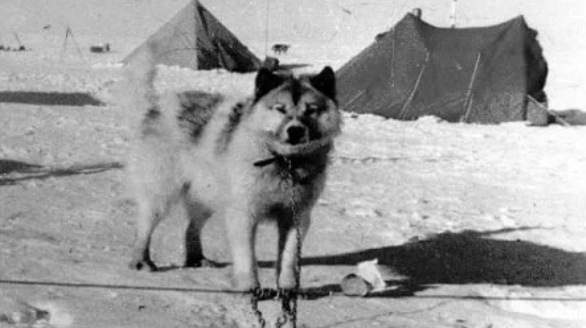
The Argentine army created this breed organically by mixing the Alaskan Malamute, the Manchurian Spitz, the Siberian Husky, and the Greenland Dog to use them in the Antarctic at a low cost. The fur of these dogs had three layers.
They also had a hefty layer of fatty tissue that helped in keeping them insulated. The male dogs weighed nearly 60kgs. These dogs used to pull bulky things long distances across the snow in short periods.
I tried to figure out the reasons for the extinction of the eccentric dog breeds. Extensive research helped me reach a few of the following reasons:
The invention of the dog show
In the middle of the 19th century, dog shows came into vogue. The Victorians were looking to exhibit exclusive varieties in these dog shows. That led them to lose interest in the existing breeds. They went ahead with cross-breeding (at times in an unethical way). The original breeds thus became extinct over time.
Colonization
The Europeans and Americans started colonizing several parts of the world to a large extent since the 17th century. When they stepped into their ‘conquered lands’, they came with their pets. Crossbreeding started between the dogs carried by them and the native breeds.
The purebreds gradually became extinct. One such example is the extinction of Poi. After Hawaii got colonized, this Poi breed was selected and bred with the American and European dogs producing other crossbreeds. Therefore, purebred Poi gradually became extinct.
World wars
There was an acute food shortage during the world wars. The dogs were left with little food to survive. Also, human beings used dogs as sources of food.
French Revolution
The French Revolution is one of the significant reasons for the extinction of the French breeds of dogs. In the post-revolution period, many rich men took hunting animals, including dogs, as their pastime.
Another factor that led to their extinction was that they were crossbred to better their sporting skill. One of the breeds that met such a fate was the Chien Gris.
Ill immunity
For some breeds, they could not endure the weather change. They were not immune to the changes. One such example is the extinction of Argentine Polar Dogs.
In 1964, there came an order issued to remove the Argentine Polar Dogs from Antarctica. Hence, there was a fear that these dogs would spread diseases to native animals.
When the Argentine Polar Dogs came to Argentina, they could not survive because of ill immunity to the new weather. They became an extinct breed soon.

 DogExpress
DogExpress


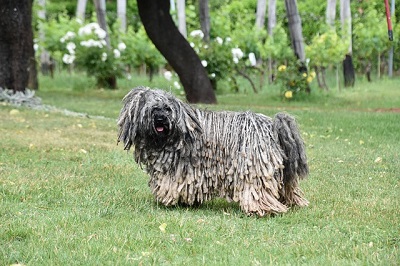
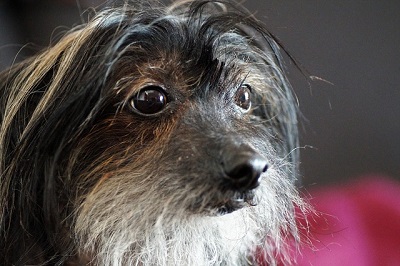
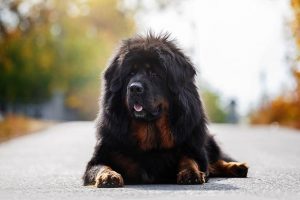
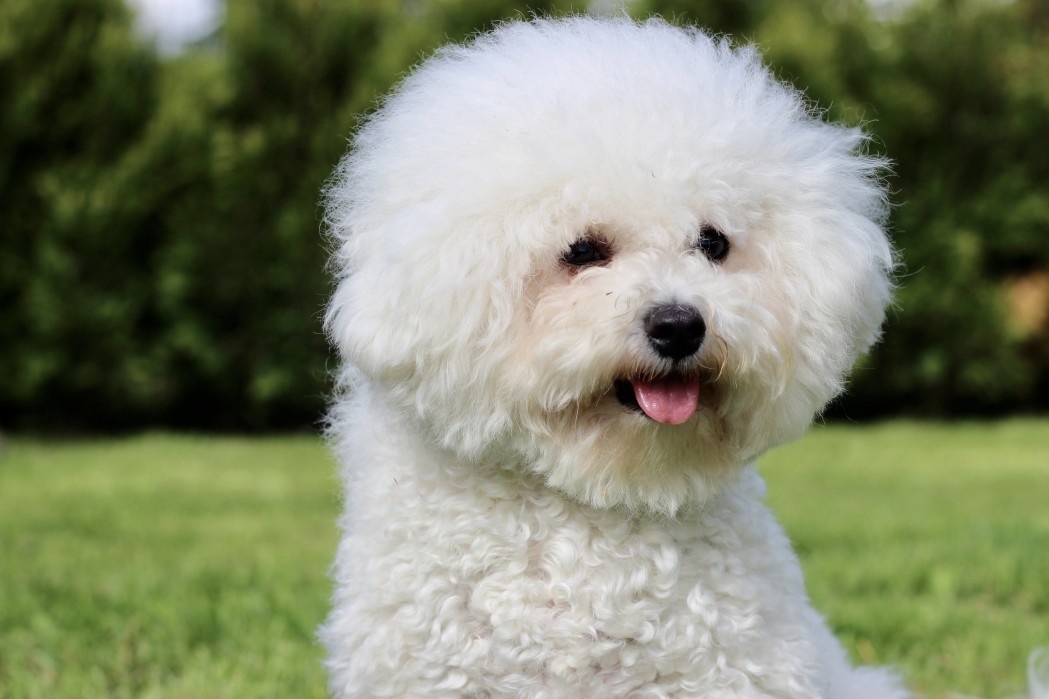
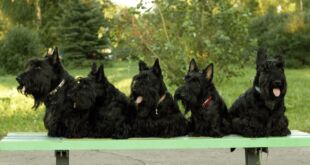


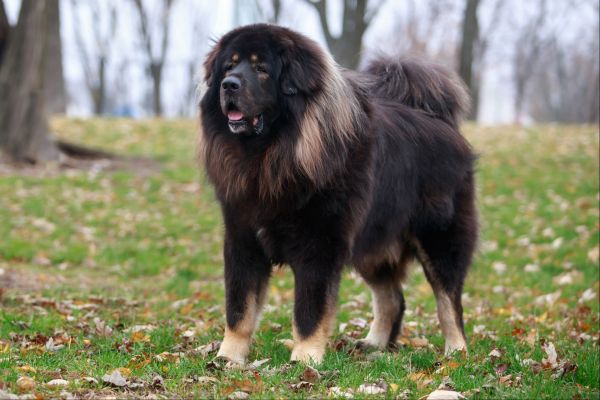












 in Chandigarh, India.
in Chandigarh, India. 
